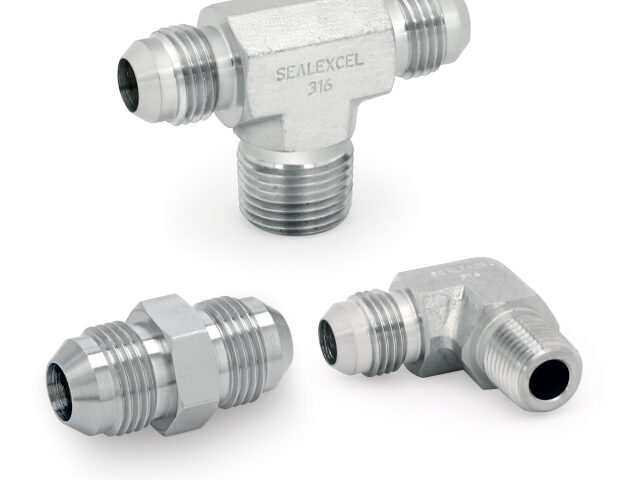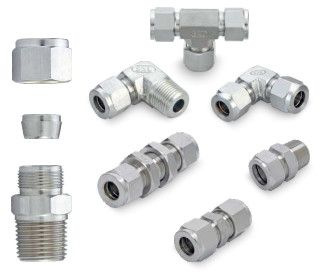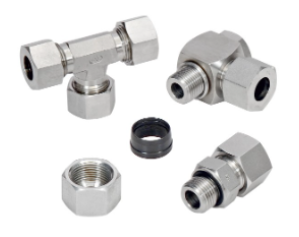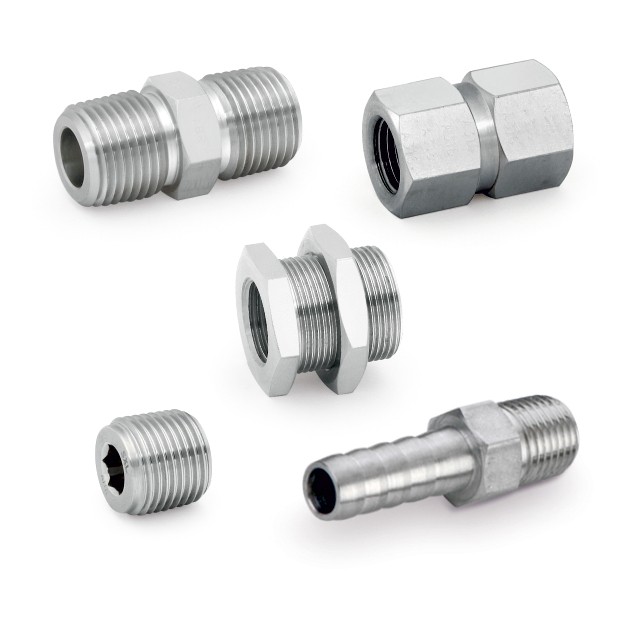
Push To Connect Fittings: A Simple Guide
October 8, 2024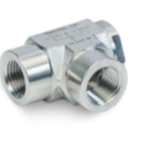
Key Elements of Pneumatic Systems: The Pneumatic Coupler
October 14, 2024A flexible kind of pipe fitting called a flare fitting is used to join pipes. They are frequently found in many different industries, such as refrigeration, pneumatics, and hydraulics. This comprehensive manual will examine the many types, compositions, uses, and methods of installation for flare fittings.
Types of Flare Fittings
Flare fittings come in two main varieties:
- 37° Flare Fittings:
- The most popular kind has a broad compatibility range and a dependable seal.
- Perfect for moderate pressure levels and all-purpose applications.
- 45° Flare Fittings:
- intended for uses when a stronger sealing force is needed.
- Frequently used in systems that require a tighter seal or that operate at higher pressures.
Materials and Construction
Usually, flare fittings are composed of:
- Brass: Provides exceptional resistance to rust and can be used in a variety of ways.
- Steel: High strength and durability make it perfect for applications requiring a lot of force.
- Stainless Steel: Combines corrosion resistance with strength, making it appropriate for severe situations.
The construction of a flare fitting consists of three main components:
- Body: The primary fitting component that offers structural support.
- Seat: The conical surface that, when the fitting is tightened, creates the seal.
- Nut: The threaded part that creates the seal by compressing the fitting onto the pipe.
Applications
Flare fittings’ adaptability and simplicity of installation make them popular across a range of industry sectors. Typical uses for them include:
- Hydraulic Systems: To join hydraulic components and lines.
- Pneumatic Systems: To join pneumatic components and lines.
- Refrigeration Systems: To join components and lines for refrigeration.
- Automotive and Marine Applications: For joining fluid lines (fuel, brake, etc.).
Advantages and Disadvantages
Among the benefits of flare fittings are the following:
- Ease of Installation: They don’t require any specialised equipment or methods to install.
- Versatility: Appropriate for a variety of pipe materials and applications.
- Cost-Effectiveness: more reasonably priced in general than certain other fitting kinds.
But flare fits also come with a few limitations:
- Potential for Leakage: Leakage may occur if the fitting is broken or is not placed appropriately.
- Limitations in High-Pressure Applications: They might not be appropriate for very high-pressure systems, even though they can withstand moderate pressures.
Installation and Maintenance
A connection must be installed correctly in order to be dependable and leak-free. The following are the general steps involved:
- Prepare the Pipe: For a smooth surface, make sure the pipe end is clean and smoothed.
- Assemble the Fitting: Using a torque tool, tighten the nut to the specified value after inserting the pipe end into the fitting.
- Inspect for Leaks: Examine the area surrounding the fitting for leaks after tightening.
For flare fittings to function well over time, regular maintenance is required. Check them from time to time for signals of damage, corrosion, or wear. If problems are discovered, make the necessary corrections, like tightening the nut or changing the fitting.
Comparison to Other Fittings
Comparisons between flare fittings and other pipe fitting types, like compression and threaded fittings, are common. Every type has pros and cons, and the optimal option may differ depending on the demands of the particular application.
- Compression Fittings: Provide a trustworthy seal in the absence of threads, although installation may call for more specialised gear.
- Threaded Fittings: This requires threading on the fitting as well as the pipe, which can take longer and lead to leaks if done incorrectly.
Conclusion
One common and adaptable kind of pipe fitting is the flare fitting. To guarantee appropriate and secure connections in a variety of industries, it is crucial to understand their diverse types, materials, applications, and installation methods. Flare fittings for your particular needs can be installed, chosen, and maintained with effectiveness if you follow the instructions provided in this article.

